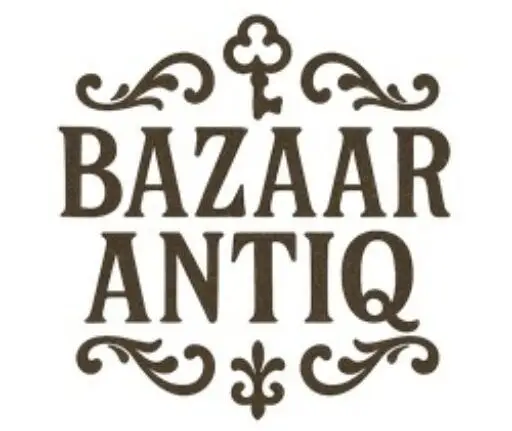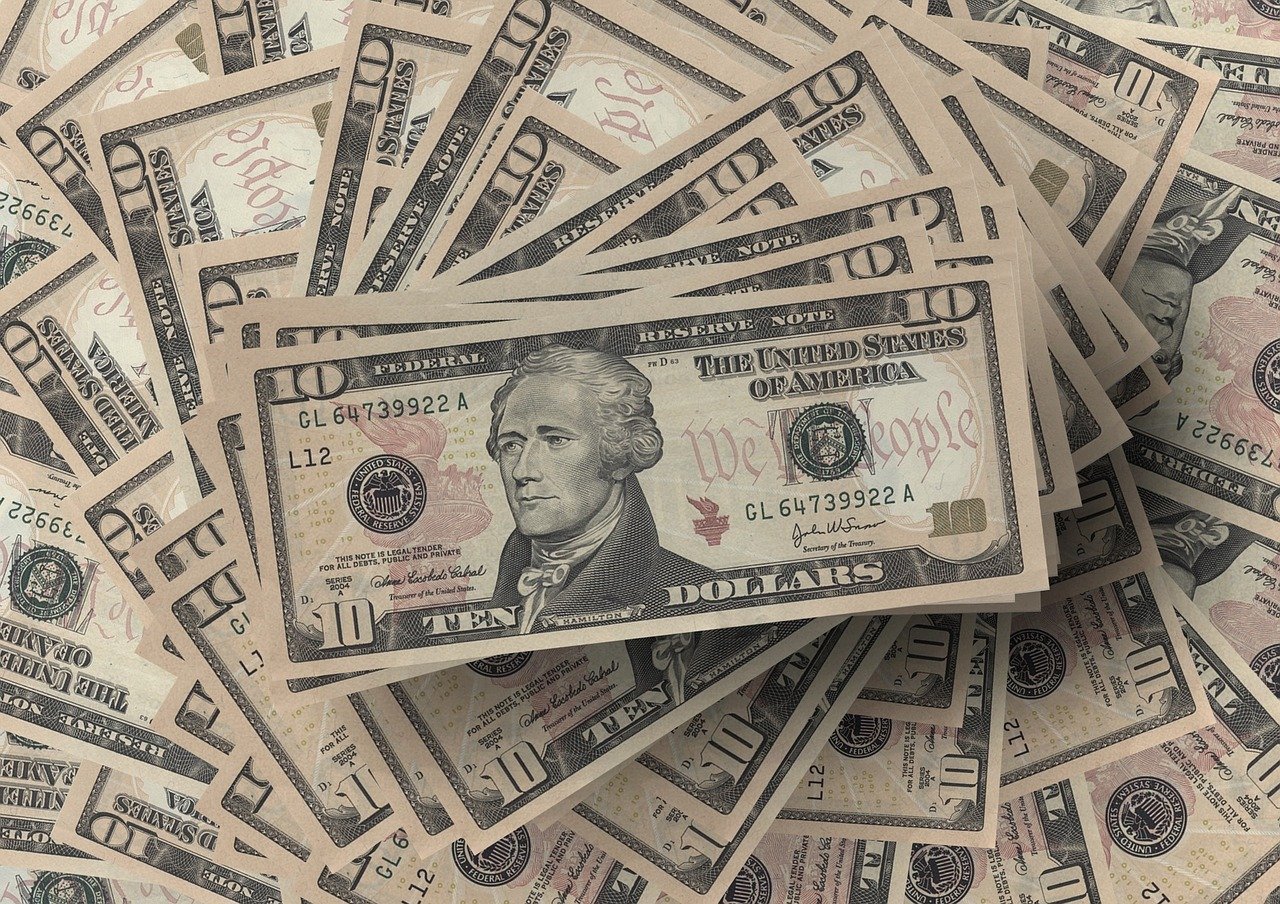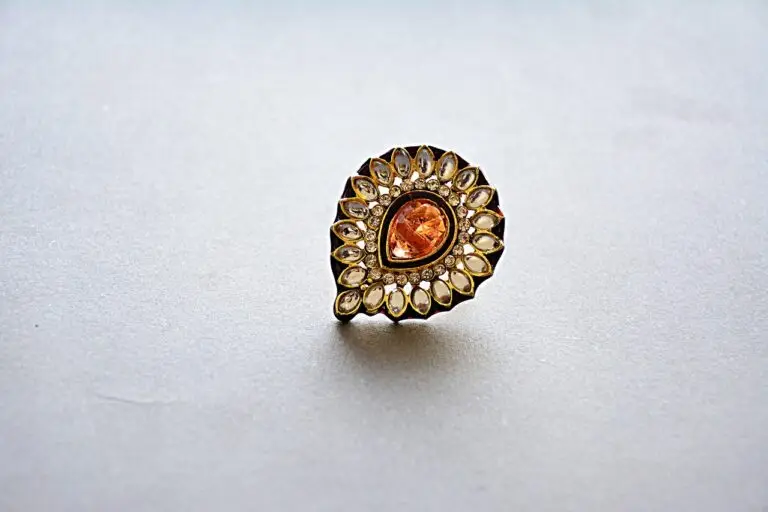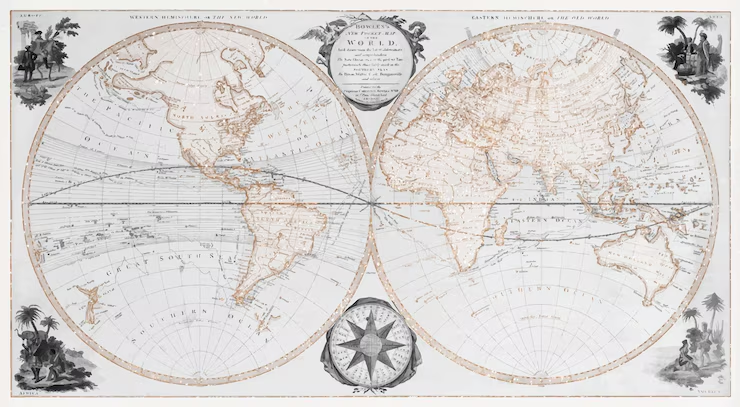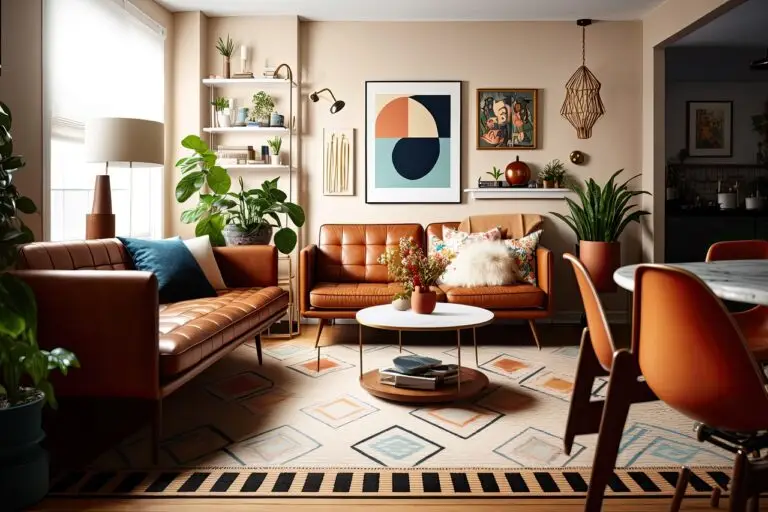Turn Dust into Dollars: How to Spot Valuable Antiques, Haggle Like a Pro, and Flip for Serious Profit

Intro:
Antique hunting isn’t just for old souls or weekend browsers—it’s a straight-up money-making adventure. If you know what to look for, how to negotiate, and when to sell, you can turn forgotten junk into fast cash. Here’s how to master the art of antique flipping.
🧭 Step 1: Know What’s Worth Money
Let’s be clear—most of what you see at flea markets or estate sales is pure clutter. Your job is to find the gold in the garbage. Look for:
- Maker’s marks: Check for signatures, labels, stamps, or engravings—especially on furniture, porcelain, silver, or art.
- Age and condition: Older isn’t always better, but well-preserved items from the 1800s and early 1900s often carry real value.
- Trends: Mid-century modern furniture, vintage toys, rare books, or vinyl records can fetch big bucks right now.
- Rarity: Mass-produced = low value. Limited edition or one-of-a-kind = potential jackpot.
Pro tip: Use your phone! Apps like Google Lens or WorthPoint help ID items on the spot.
🧠 Step 2: Learn the Language of the Deal
Haggling isn’t about being cheap—it’s about being smart. Here’s how to slash prices without being a jerk:
- Start with silence. Ask, “What are you asking for this?” Then pause. Let them fill the silence.
- Point out flaws. Any chip, crack, or scratch is your weapon. Use it to negotiate down.
- Bundle for better deals. Pick three or four items and ask for a group price.
- Use the walk-away move. Show interest, then walk. You’d be surprised how often sellers chase you with a lower offer.
Script this:
“I really like this piece, but I’m seeing some wear. Would you consider $60 for it instead of $90?”
💰 Step 3: Flip It for Profit
Once you’ve scored a bargain, it’s time to cash in. Here’s where and how to sell:
- eBay: Great for collectibles and smaller items—price competitively and take sharp photos.
- Facebook Marketplace & Craigslist: Local = no shipping costs. Good for furniture and larger items.
- Etsy: For vintage pieces (20+ years old) with style—think retro, rustic, or boho.
- Live auctions or consignment shops: For high-end or specialty pieces.
Boost your profit: Clean and stage your item before listing. A little polish = a higher price.
⚡ Real Talk: This is Flipping Gold
This isn’t just a hobby—it’s a hustle. Once you know how to spot value, work a deal, and flip it, you’re running a side business. And it can scale fast.
Imagine buying a $10 ceramic bowl at a yard sale and flipping it for $150. It happens every day.
Ready to start hunting?
Grab your cash, charge your phone, and hit the next flea market or estate sale. There’s profit hiding in plain sight—you just need to know where to look.
